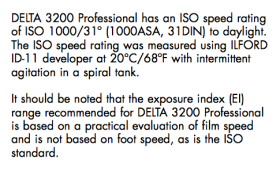My advice for shooting in low light is to forget about your meter. Seriously. Don't even bother with it. Instead, open up your lens and use the slowest shutter speed you can comfortably hold. By starting with the most light you can get on the film, you will be better off. If you underexpose doing this then you know there would have been nothing else you could have done. If it results in an overexposure, not really a big deal because it won't be by much.
To illustrate this with a simplified explanation, imagine if you are making a photograph and you have the perfect exposure with one lamp in the room. You add one more lamp in the same spot without changing the settings on your camera and you are now one stop overexposed. Not a big deal. To get two stops overexposed you have to add another two lamps. Three stops over, you have to add another four, and you are still fine! So you are shooting with 8 lamps instead of one, and your neg will still be printable. Keep going? Add another 8 lamps. You are now four stops over and getting into problem territory, but you now have sixteen lamps blazing! Get the picture? Now go the other direction. Cut the output of the single lamp by half and your image starts to fall apart.
Also Thomas' recommendation of developing more has been my experience as well, but you need to decide for yourself. If you are scanning for example and not making darkroom prints, then less development may be good for you.
The nominal speed for Delta 3200 is 1250 which is slightly more than the departed TMax 3200, which was 1000. The number 3200 is just marketing.
Hope that helps you.
+1 for this method.
I used this film once in daylight conditions rated at 1600 and lost a lot of shadow detail which was enough of a lesson for me. Now I use the film mostly at night in Chicago (where it never gets too dark) using 35mm film, f2 @ 1/30 and developed in pyrocat HD for around 23 minutes. The film holds a pretty good amount of detail all around. Mostly, I use this over HP5 rated higher because I want to hand hold and don't want as hard of contrast, but I've also not tried the HP5 method to compare and am going off of expected result and comments of others on the forum.
I can see the grain being a problem for some subjects but it works for what I'm trying to accomplish.





